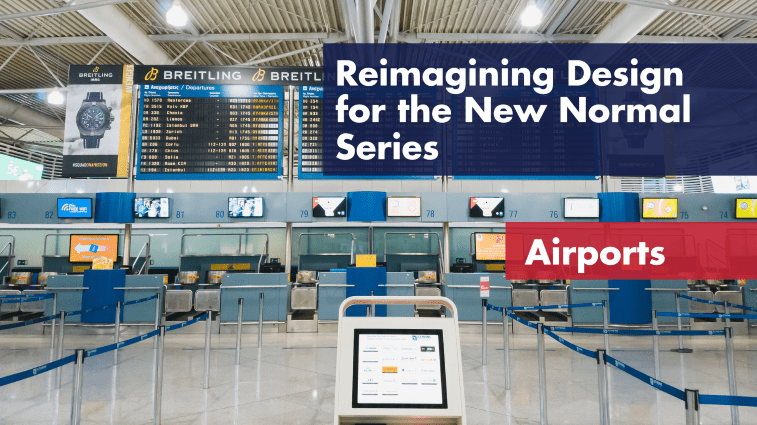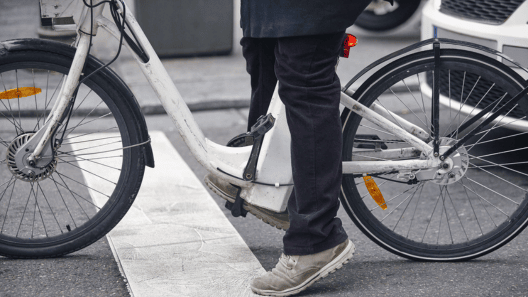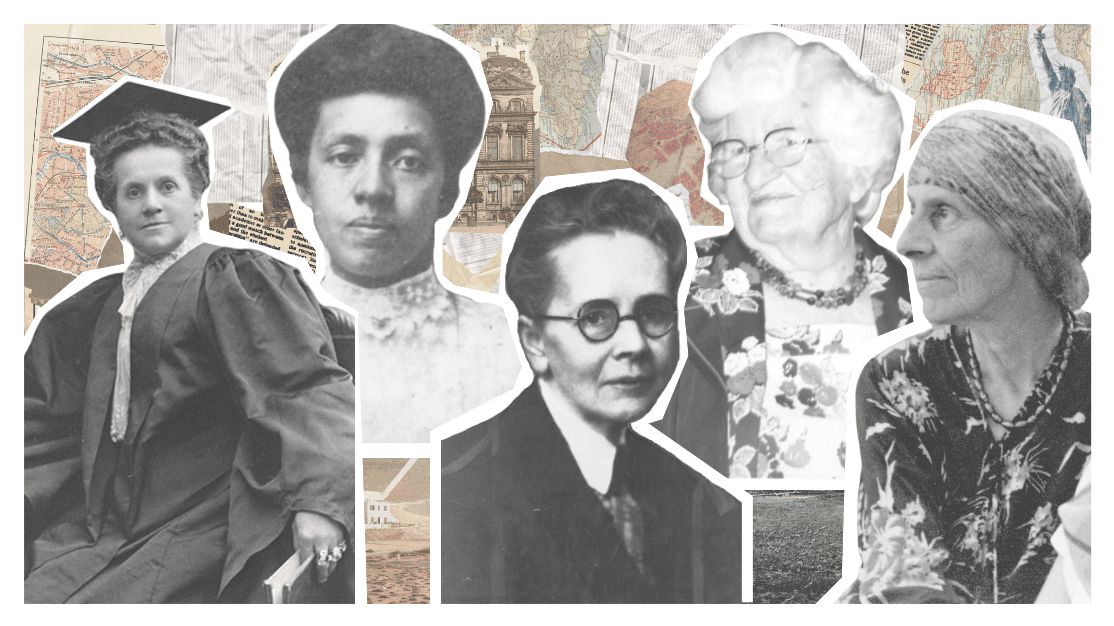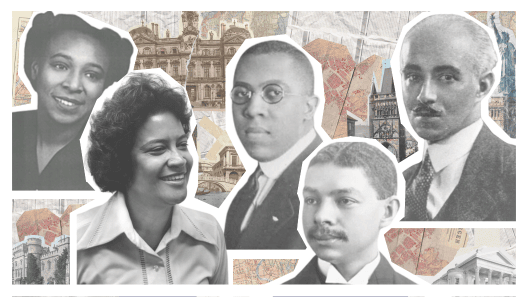
Reimagining Design for the New Normal: Airports
Airports face hard times right now, but there’s an opportunity to improve design as well as safety.
While airports are not covered by the NYC Building Code or the Department of Buildings, air travel is an industry heavily affected by the pandemic, and worth discussing. Reimagining airport design to prioritize safety, expediency, and cleanliness could be a major factor in getting people back in the sky. Thus, the airlines could end up being major innovation factories whose next moves to stay afloat will influence building code and design in other areas for years to come.
With this in mind, here are some methods airport designers are considering to help move things in the right direction:
-
Good Riddance to Lines and Crowds
When you think of airports, you might think of long lines for security and baggage checks. But perhaps not for much longer.
While many airports had already been making moves towards a more automated check-in, COVID-19 is accelerating the push for touchless kiosks that will allow you to print baggage tags, self-drop off luggage, and check in with your phone. Technology like this could easily be adapted for other transportation centers such as train stations and bus terminals.
In addition, security is expected to get streamlined, with remotely-operated X-ray machines and automated customs and border patrol screenings. Places like Hong Kong International airport, in fact, already have human-interaction-free security systems in place, so the technology is there to make this a new norm. -
Health as Well as Safety Checks
Along with security, however, flyers will be expected to undergo health and cleanliness inspections as well to lessen the risk of spreading diseases like COVID-19. But they plan to be as painless as possible, with systems like thermal cameras (which detect those with higher-than-average temperature), UV sanitation, and full-body disinfection stalls (think sci-fi decontamination chambers) – all without having to take off your shoes. -
Automated boarding gates
Areas like boarding gates, where many people congregate, especially need to be reimagined to mitigate crowding. A handful of U.S. airports, like LAX, San Francisco International, and JFK have either launched or are working on launching automated boarding gates, in conjunction with U.S. Customs and Border Protection (CBP). As if unlocking a smart phone, a biometric face scan would allow you to get on the plane, no ticket exchanges required. More airports - and perhaps other venues requiring security - are sure to follow. -
Spacious Terminals
According to the much-praised National Institute of Allergy and Infectious Diseases Director Dr. Anthony Fauci, in an article for the New York Times, new airport terminal construction should focus on space, not just for the coronavirus but for other respiratory illnesses. On top of optimizing HVAC systems, allowing for more natural light and ventilation can only help throughout the terminal can only help.
All in all, much like in other industries, flexibility in the face of shifting conditions has to be baked into the design.
If you need help redesigning your business to follow building code and COVID-19 standards, feel free to talk to us at .
Resources
- Bloomberg - “The Airport of the Future”
- New York Times – “As Amenities Sit Unused, Airports Reconsider Their Design”
- ENR – “Airports Ponder Short and Long-Term Implications of COVID-19”
- Reimagining Design for the New Normal: Restaurants
- Reimagining Design for the New Normal: Hotels
Reimagining Design for the New Normal: A Look Inside Each Industry.
Covid-19 has had an impact across every industry. With the need for low-touch and 6-feet of distance, high-tech, futuristic design may be coming faster than we anticipated. From spatial choreography to antimicrobial materials, there are many standard and unique ways that each industry will approach the new normal. With insights from experts in design, construction, and the building code, we have curated articles for many of the major industries on how to approach the new normal with safety and aesthetics in mind. This series will dive into restaurants, airports, healthcare, hotels, offices, residential, retail, theater, and museums. Do you have a topic that you would like Decoder to cover? Just ask the experts.








